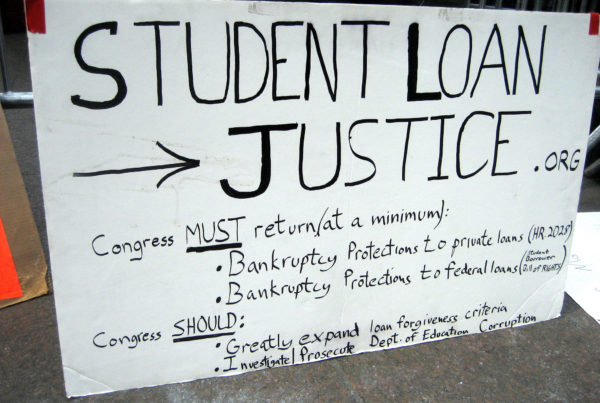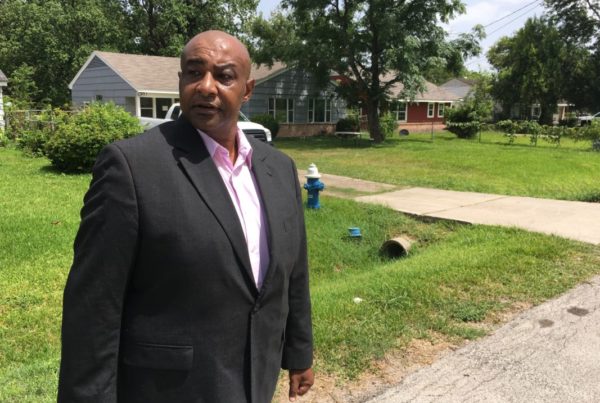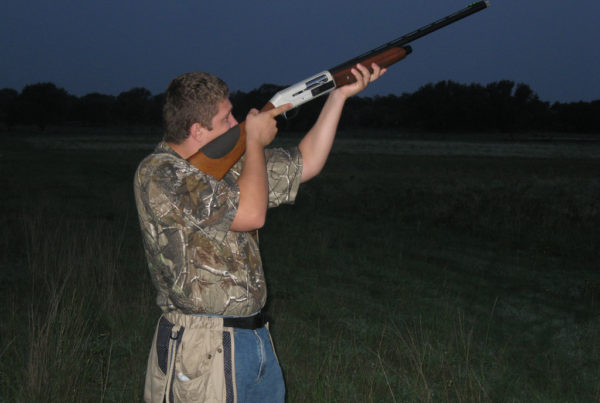On the night of April 29, 2017, police in the Dallas suburb of Balch Springs received a complaint about a noisy house party and underage drinking. When police arrived they were joking with the teenagers as they streamed out of the house, but smiles subsided when police thought they heard distant gunshots. The gunshots actually came from a nearby nursing home, and one of the officers ran in that direction. But the other officer, Roy Oliver, ran to the police cruiser to retrieve a patrol rifle. That’s when he saw a Chevy Impala full of teenagers backing out of the driveway, after leaving the party.
As the car backed out, Officer Oliver shouted for the driver to stop. Then, as the Impala slowly pulled away, Oliver opened fire, shooting and instantly killing 15- year-old Jordan Edwards. Oliver claimed the car was moving aggressively towards him. But his body camera told a different story. On Tuesday, after a jury of 10 women and two men found Oliver guilty of murdering Jordan Edwards, the teenager’s stepmother, Charmayne Edwards, took the stand during his sentencing. She seemed to be speaking directly to the jurors when she said “So many times you see on TV…that it was wrong.”
Jolie McCullough, a criminal justice reporter who covered this case for the Texas Tribune, says Oliver’s conviction is particularly significant because officers are rarely convicted in these situations.
“This is incredibly rare, it’s really a historic moment,”McCullough says.
In recent years, more officers across the country have been prosecuted for the shooting deaths of unarmed people, but murder convictions are almost “unheard of,” she says.
A body camera was crucial in this case because it is what ultimately tipped the jury in favor of convicting Oliver. But McCullough says that’s the exception for cases using body camera footage as evidence. Even with increased use of body cameras by police departments across Texas and the nation, McCullough says the footage hasn’t led to more convictions.
“Even in very high-profile shootings across the nation where there [has] been video…it’s really hard to get a jury to decide to send a police officer – especially an on-duty police officer – to prison for something they were doing while they were on the job,” McCullough says.
Indeed, McCullough says it’s more likely that body camera footage would be used in a case against a citizen. She cites a 2016 George Mason University survey, which found that nearly all of the prosecutors who participated said they used body camera footage in cases against citizens, while eight percent of prosecutors used the footage in cases against police officers. McCullough notes that those rates aren’t directly comparable because there are many more cases against citizens, but it still shines a light on how the judicial system is using the footage.
In the case of Oliver’s shooting of Jordan Edwards, McCullough says the body camera footage discredited Oliver’s account of what happened quickly after the event took place. Balch Spring’s police chief had to retract his statement that the car Edwards was riding in was moving toward Oliver, once he saw footage. Oliver was fired the next day, and was arrested days later.
From the beginning of the trial, McCullough says the jury was shown, in detail, the body camera footage.
“It touched almost every single part of the case,” she says.
After the verdict, McCullough says there was a quiet gasp, then emotion set in among the families on both sides.
“Once the jury left, Roy Oliver’s mother started sobbing,” McCullough says. “Jordan Edwards’ family, they all started crying…when they walked out of the courtroom, they were cheering, it was a very emotional moment.”
The sentencing phase of the trial is continuing. The jury will decide on a sentence. He faces a minimum sentence of five years and a maximum of 99 years.
Written by Caroline Covington.















